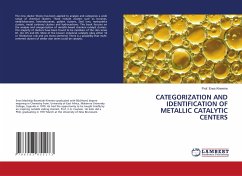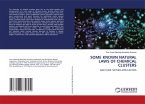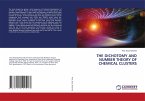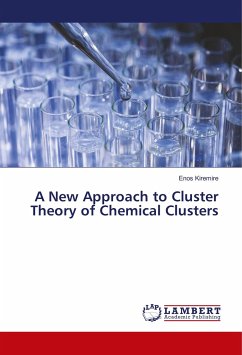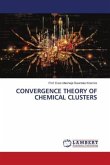The new cluster theory has been applied to analyze and categorize a wide range of chemical clusters. These include clusters such as boranes, metalloboranes, heteroboranes, golden clusters, Zintl ions, matryoshka clusters, metal carbonyl clusters and hydrocarbons. This book focuses on the analysis and categorization of metallic-based chemical catalyst clusters. The majority of clusters have been found to be members of the clan series D1, D2, D5 and D6. Most of the known industrial catalysts obey either 16 or 18-electron rule and are mono-centered. There is a possibility that multi-centered clusters of similar clan series could be catalytic.

